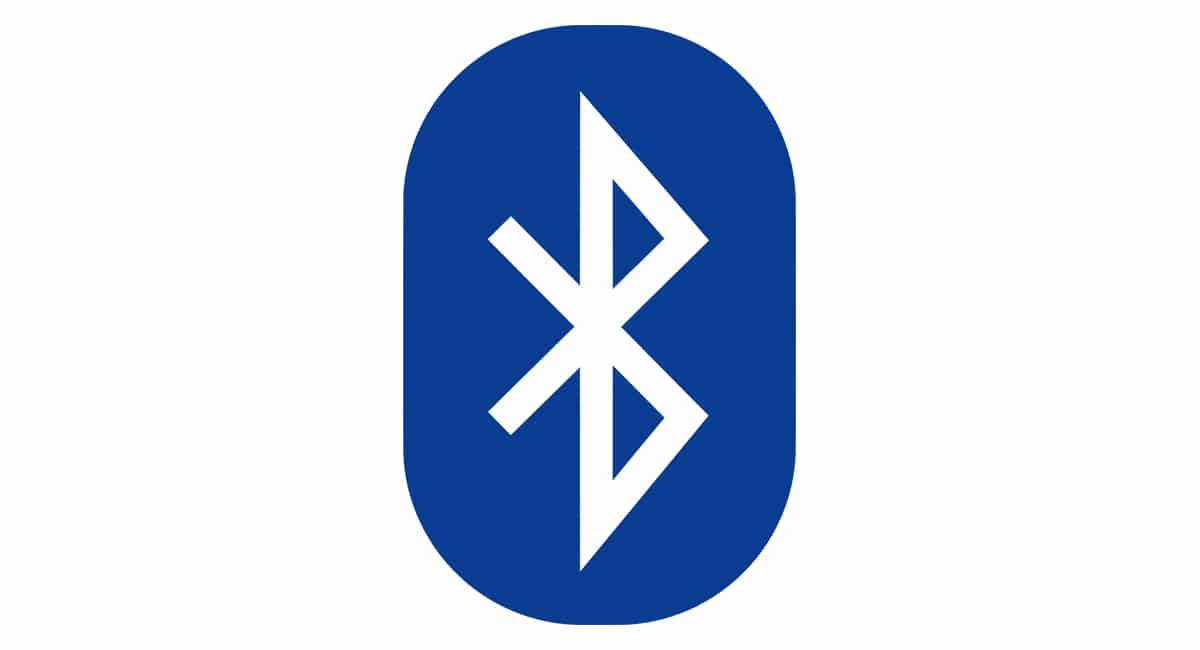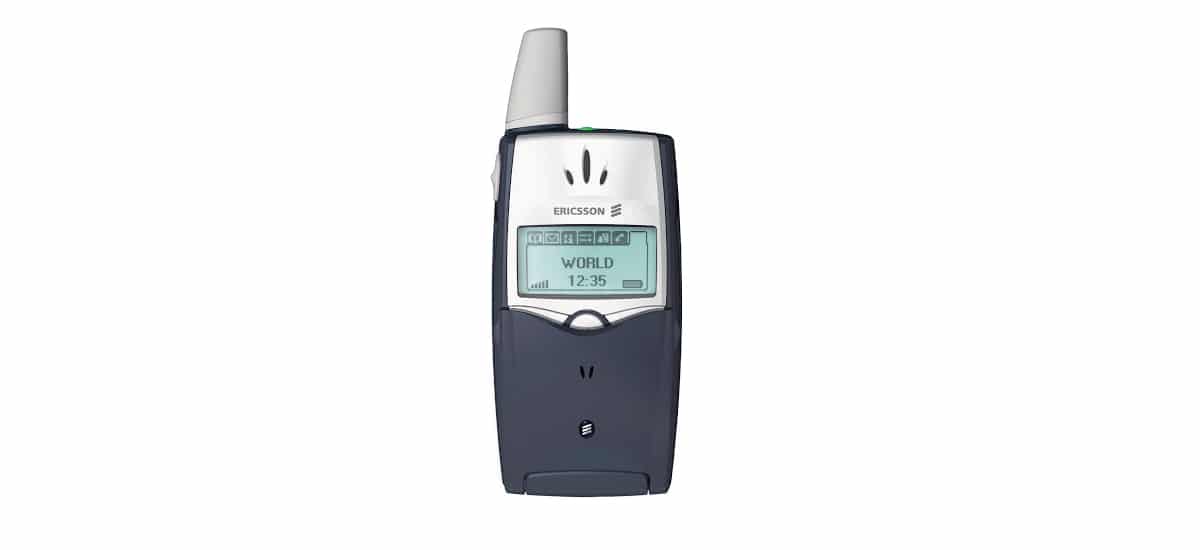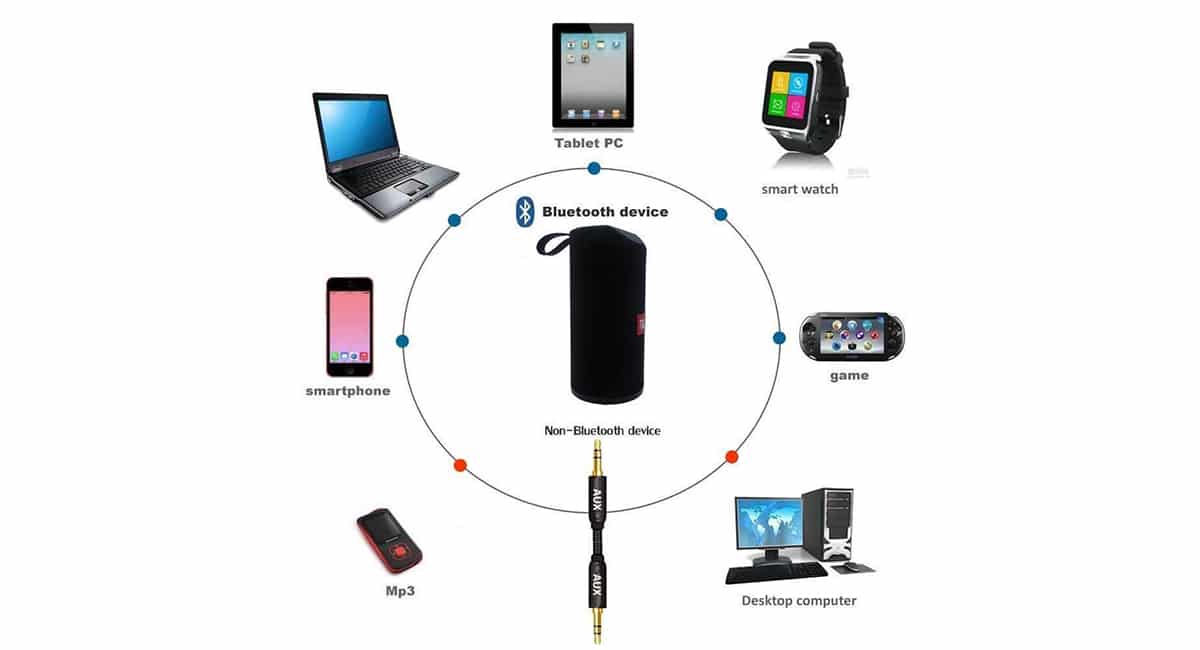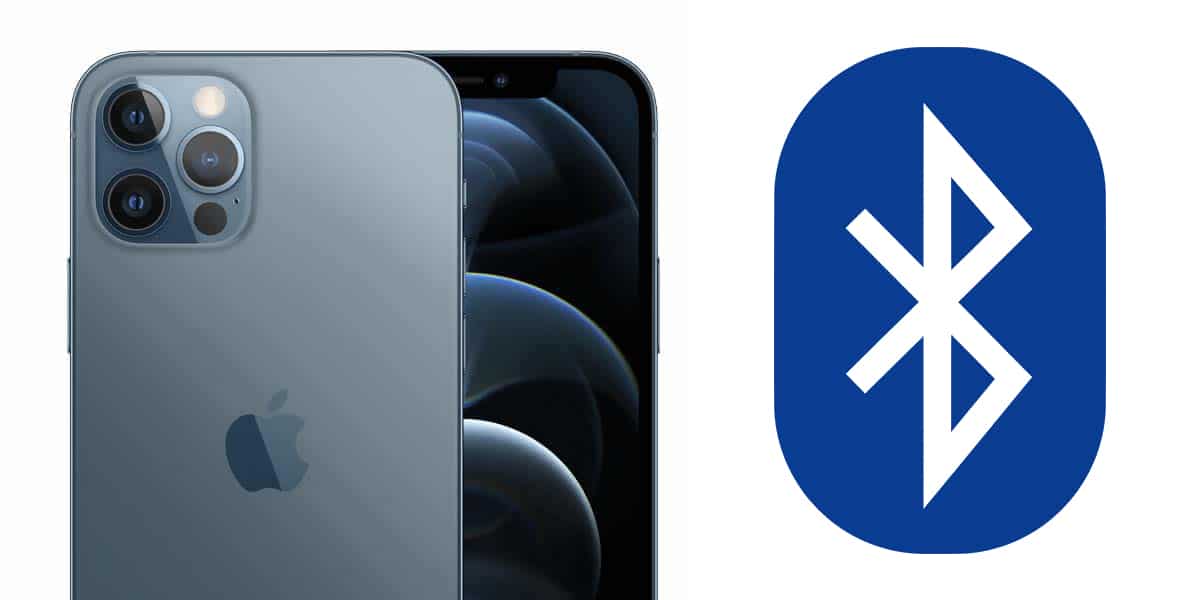
Before the launch of the first iPhone, Nokia phones dominated the market, phones that allowed us to share with other smartphone manufacturers of the time (few are left today) both contacts and photos in a very simple and fast way (the images took up very little space at the time).
As mobile phone technology evolved, PDAs (precursors of the iPhone) arrived and also allowed us to share contacts and images with other devices via bluetooth without any limitations. But the iPhone arrived and everything changed.
At that time (first decade of the 2000) we only turned on the bluetooth of our phone / PDA to share files since their consumption was very high and it affected the battery of the terminal if we had it always activated even if it was not associated with any device.
With the introduction of the first iPhone in 2007, Apple did not allow files or contacts to be shared via bluetooth as allowed by all device manufacturers. We could only use it to connect compatible devices with this communication technology that allows transferring both data and voice.
Despite the fact that over the years, bluetooth technology has advanced a lot, adding new functionalities and improving the transfer speed, Apple hfollowed without offering the ability to share files being AirDrop (presented in 2011) the solution to this problem, a half solution since it is only compatible between iPhones and Macs and allows transfer of any type of content.
History of Bluetooth: how did it come about?

The development of short-link radio technology (dubbed bluetooth later) started in 1989 by Ericsson Mobile with the purpose of developing wireless headsets. At the end of the 90s Ericsson collaborated with IBM to launch a mobile device with this communication technology.
Because their presence in the market was only testimonial, both companies decided make this technology an open standard so that any manufacturer could integrate it into their products. In May 1998, the Bluetooth SIG was launched with IBM and Ericsson as founders. Later, Intel, Nokia and Toshiba were added and over the years there are more than 20.000 companies associated with Bluetooth SIG, the company that is in charge of continuing to develop this technology.
The first phone that came to the market with bluetooth technology was the Ericsson T-39 while the first laptop to implement it was the IBM ThinkPad A30. Both models hit the consumer market in 2001.
The first bluetooth headphones hit the market in 1999, a product that won the award Best Show Technology Award of the COMDEX, being the first of many of the products that we can currently find on the market.
Uses of Bluetooth technology

Bluetooth technology is used to transfer information between two or more devices that are close to each other through a specific bandwidth (2.4 to 2.48 GHz) being its most common use today to transfer data to bluetooth headsets and other devices.
This technology we can find it currently in smartphones, speakers, tablets, multimedia players, robotic systems, computers, laptops, headphones and smart watches. Although less common, we can also find the occasional wireless phone with Bluetooth, modems and consumption measurement devices (water and electricity meters) on the market.
Bluetooth versions on iPhones

Bluetooth 2.0
The first two versions of the iPhone available on the market, the iPhone and the iPhone 3G, came onto the market with bluetooth 2.0 (launched in 2004). This version incorporated a improved data rate (EDR for its acronym in English) that offered a higher data transmission speed reaching up to 2.1 Mbit / s although in theory it could reach up to 3 Mbit / s.
EDR technology also offered a lower power consumption, although the reduction in consumption compared to the previous version (bluetooth 1.2) was not very significant.
Bluetooth 2.1
The iPhone 3GS and iPhone 4 incorporated version 2.1 of bluetooth. Bluetooth 2.1 hit the market in 2007, its main novelty being the function of fast and secure pairing (SSP for its acronym in English).
Bluetooth 4.0
From the iPhone 4s to the iPhone 6, Apple implemented bluetooth version 4.0 on its devices. With version 4.0, in 2010, the expected arrived consumption reduction of this technology in devices (BLE) in addition to extend transfer speed data up to 32 Mbit / s.
Bluetooth 4.2
With the launch of the iPhone 4s, version 4.1 of bluetooth arrived, a version that remained until the iPhone 7. The only novelty that came from this version is found in the implementation of the IPv6 protocol allow a direct connection to the internet.
Bluetooth 5.0
Bluetooth 5.0 came to the iPhone range from the hand of iPhone 8, a version that is currently also in the iPhone 12 range. This version of the bluetooth communication protocol came with two main novelties: wider coverage (up to 240 meters) and atspeed handle up to 50 Mbit / s.
